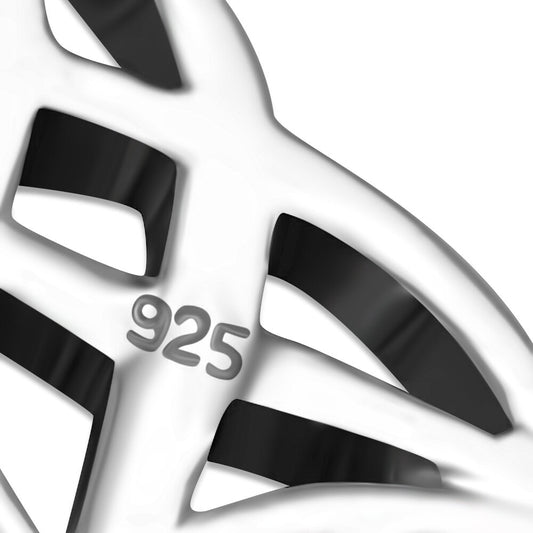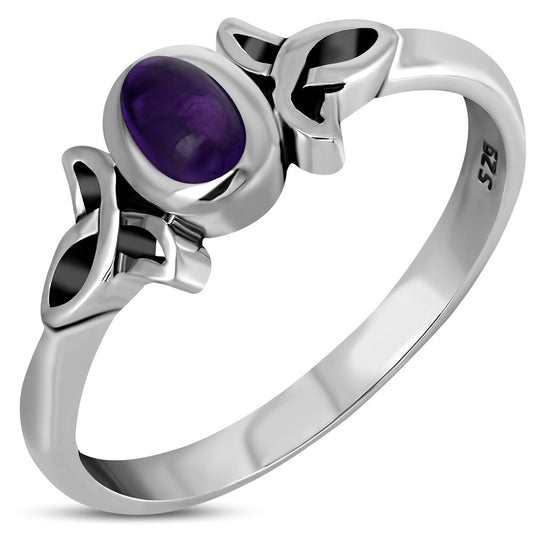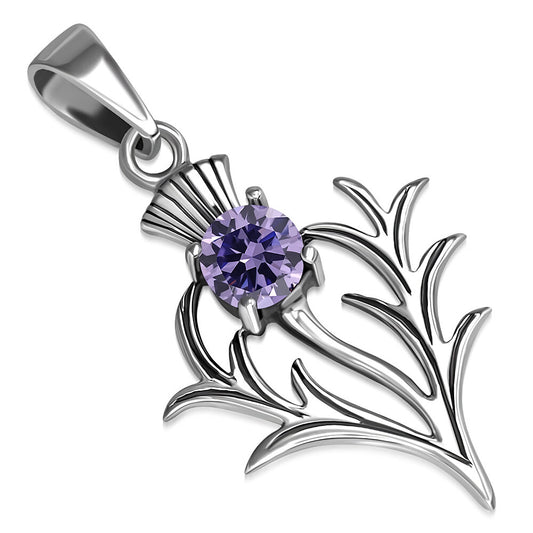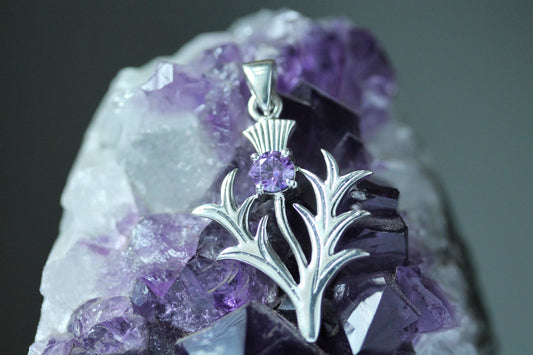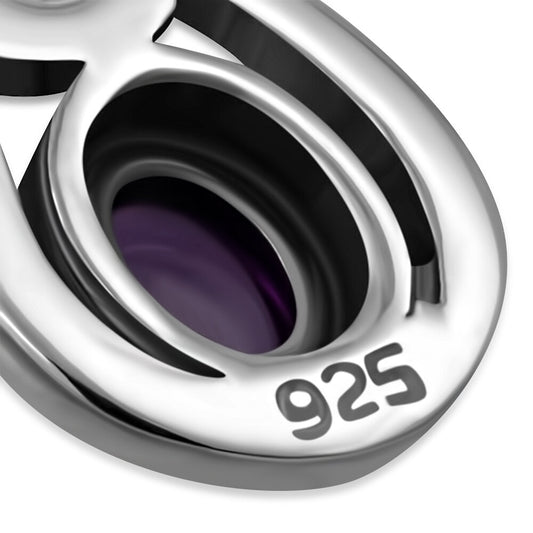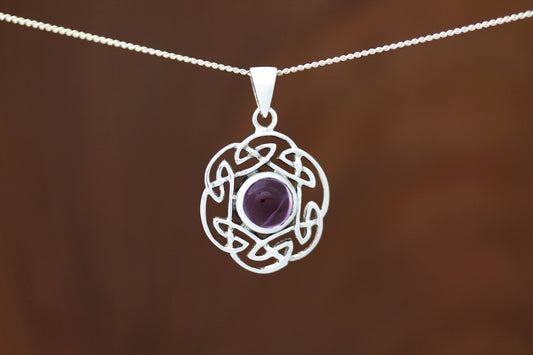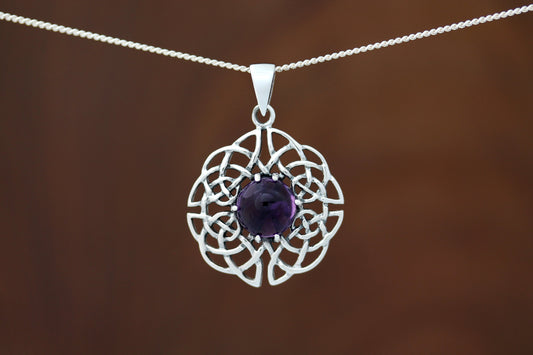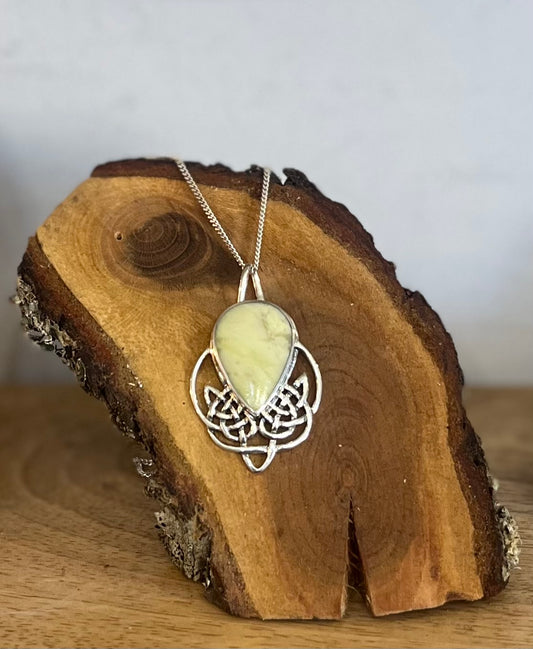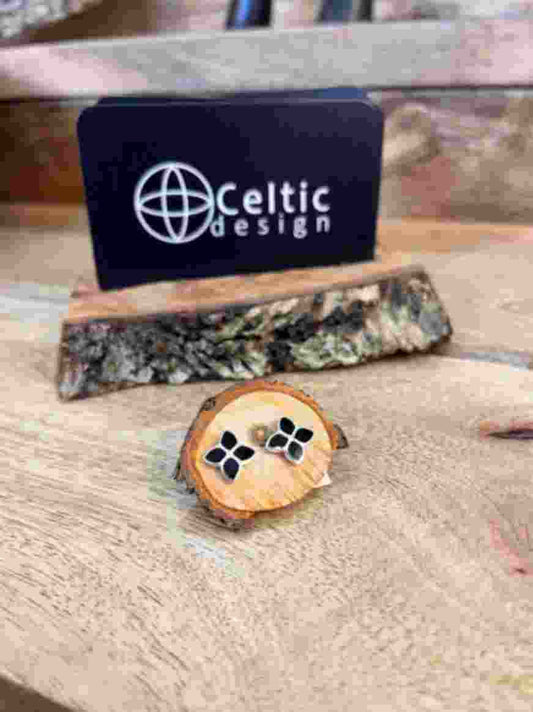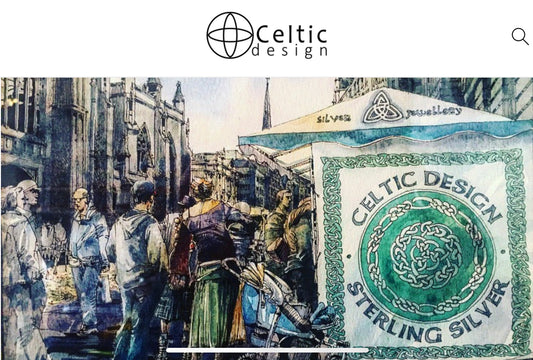
The Origins of Imbolc
When and How Imbolc is Celebrated

Brigid's Cross: A Symbolic Tale
Legend has it that Brigid's Cross has its roots in a humble yet powerful encounter. Brigid, while attending to a dying pagan chieftain, took straw from the floor and wove it into a cross. As she worked, she shared the story of Christianity, and the chieftain's heart softened. In the end, he converted to the new faith, and the woven cross became a symbol of protection and conversion.
Reconnecting with Ancient Practices:
In our fast-paced modern lives, reconnecting with the ancient practices of Imbolc offers a profound way to attune ourselves to the natural rhythms of the Earth. Here are some guidelines for embracing this ancient festival:
1. **Nature Walks:** Take a mindful walk in nature to observe the subtle signs of spring. Look for emerging buds, listen to the birdsong, and feel the changing energy in the air.
2. **Candle Lighting Ceremony:** Light candles in your home to symbolize the returning light. Reflect on the areas of your life that are ready to awaken and blossom with renewed energy.
3. **Brigid's Cross Crafting:** Engage in the meditative process of crafting Brigid's Cross. Allow the intentional weaving to connect you with the protective energies associated with this ancient symbol.
4. **Meditation and Contemplation:** Set aside time for meditation or contemplation to tune into your inner fire. Visualize the goals and intentions you wish to nurture and bring to fruition in the upcoming season.
Celtic Symbol for Imbolc: Brigid's Cross
**Brigid's Cross:** Crafted from straw or rushes, Brigid's Cross is a powerful symbol associated with the goddess Brigid. Its four arms are often interpreted as representing the four seasons, the four elements, or the four Celtic festivals. Hanging Brigid's Cross in your home can serve as a protective talisman, inviting the goddess's blessings and warding off negativity. Number 4 has a particular ifluence to this date therefore there are many symbols representing it.

---
**References:**
[^1^]: King, J. (2005). "The Celtic festival of Imbolc." Moon Books.
[^2^]: Danaher, K. (1972). "The Year in Ireland: Irish Calendar Customs." Mercier Press.



